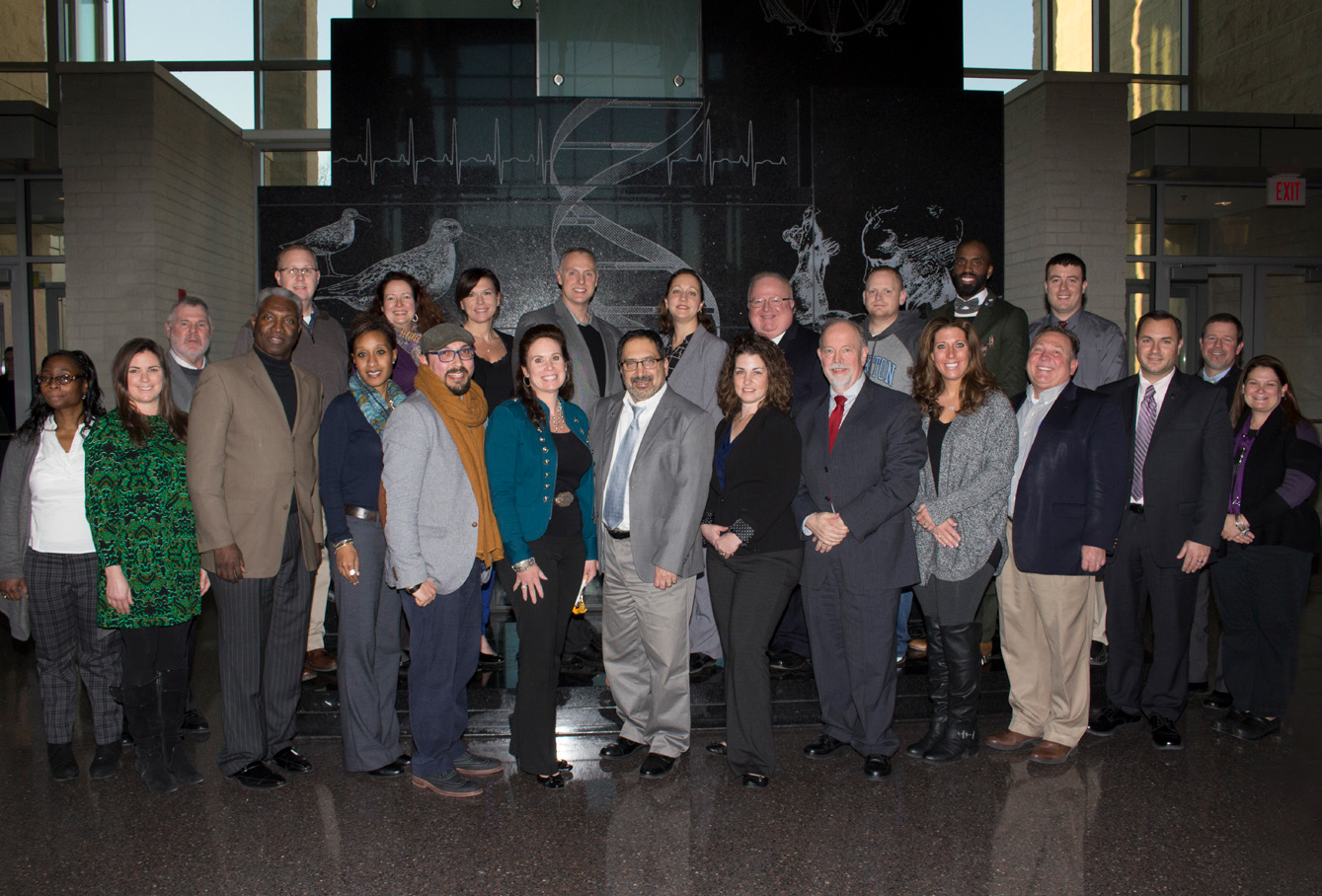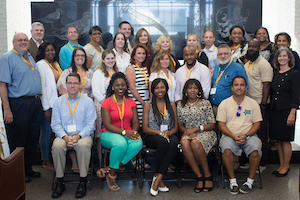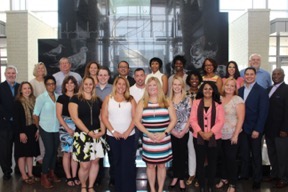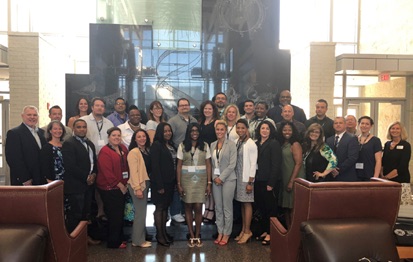Program and Curriculum Map Introduction
Designed for Practitioner Leader
There is a significant problem with many current leadership development programs.
The major reason is that the programs are designed to view leadership development
through the wrong focus: Too much time is spent delivering information and content
about what good leadership is and looks like, and not enough time is spent on the
personal development, and relevant practice leaders need to lead their organizations
in a complex, ambiguous, unpredictable, and fast-changing environment. Most leaders
understand the ‘what’ of good leadership; the problem is that they can’t ‘do’ good
leadership. A change in development focus is necessary.
Integrated, Continuous, and Lifelong
The Ed.D. in Organizational Leadership program does not follow a conventional or traditional
model. We take the view that ‘doing’ high-quality leadership is an outcome of this
program. We also take the view that relevant leadership development and appropriate
practice are the inputs. Thus, this program is designed with the practitioner leader
in mind. Lastly, we take the view that leadership development is an integrated, continuous,
and lifelong process. It neither begins nor ends with this program.
Practice and Apply
Upon a review of current research in leadership development, 20 core leadership understandings
and seven essential habits/mindsets were identified. These are interconnected throughout
the program in order to provide a framework of understanding about leadership. The
program is weighted more on ‘doing’ good leadership and less on learning what good
leadership is and looks like. Activities within the program are designed to have participants
practice and apply the relevant concepts and related competencies in their work environment
during the three-year program. They are designed to help the participants grow as
leaders. They are also designed to help the organizations in which the concepts are
applied during practice to grow as well.
Due to the interconnection of the core leadership understandings, the essential habits/mindsets, and the courses in the program, attainment of the competencies is not considered time-bound and specific to one course. Therefore, they are to be attained over the duration of the program.
Interconnected Competencies
Collectively, the 20 core leadership understandings include 60 competencies. The interconnected
competencies are woven into the respective courses to provide, richer, fuller reinforcing
leadership experiences for the program participants. Many of the competencies appear
in more than one course and require some type of leadership action by the participants.
All must be demonstrated through the submission of artifacts and be achieved at the
‘competent’ or ‘skilled’ level by the conclusion of the program. We recognize that
there is no one-size-fits-all approach with regard to demonstrating achievement at
the competent or skilled level. Stockton University Atlantic City - home to Ed.D.
in Organizational Leadership
Participants are expected to provide evidence to support achievement. In some cases, a participant may elect to demonstrate a competency during, or at the conclusion, of a course. In other cases, achievement may be accomplished and demonstrated over two, or more, courses. Due to the holistic and interconnected nature of the core leadership understandings and competencies, participants are encouraged to demonstrate achievement of multiple competencies in each artifact submitted as evidence.
 Collectively, the seven essential habits/mindsets include 25 competencies. While the
essential habits/mindsets and core leadership understandings are reviewed in separate
documents, they are designed to reinforce each other by overlapping, interconnecting,
and providing a solid framework for leadership development. Developing the habits
is a sustained, lifelong journey that commences, or is advanced, at the beginning
of the three-year program and extends well beyond the duration of the program.
Collectively, the seven essential habits/mindsets include 25 competencies. While the
essential habits/mindsets and core leadership understandings are reviewed in separate
documents, they are designed to reinforce each other by overlapping, interconnecting,
and providing a solid framework for leadership development. Developing the habits
is a sustained, lifelong journey that commences, or is advanced, at the beginning
of the three-year program and extends well beyond the duration of the program.
With the core leadership understandings, evidence of achievement at the competent or skilled level is expected. With regard to the essential habits/mindsets, however, these competency descriptions and expectations are not comparable as the habits are never fully achieved or mastered. Instead, they are continually practiced, modified, refined, and internalized as they become a ‘North Star’ or ‘internal compass’ to guide a leader’s actions, decisions, and authenticity. We realize that each participant’s growth on the essential habits/mindsets will be different. Still, we expect that all program participants will experience and demonstrate growth to a minimum of Stage 3 (of 5 Stages) by the end of the program, based upon an essential habits/mindset rubric applied to self-assessments and workplace assessments completed by co-workers up, down, and at the middle of the organization implemented formatively at the end of the first and second years of the program and summatively at the end of the program.
More information on the core leadership understandings, the essential habits/mindsets, and the respective competencies can be found in other program materials. It is intended that the competencies embedded in the 20 core leadership understandings and seven essential habits/mindsets will serve as the curriculum map for the program.
PDF Version: Curriculum Map


